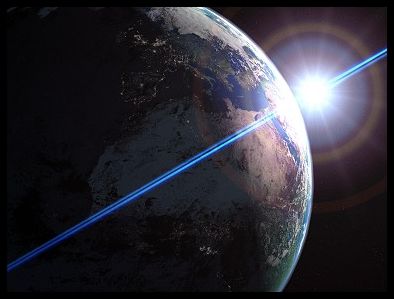
Life in the Universe
Prof. Scott Gaudi

|
Astronomy 141 Life in the Universe Prof. Scott Gaudi |
Key Ideas
Did Earth Form with a lot of Water?


So where did the water come from?
Water from Comets
Asteroids
Asteroids
Volatiles released by outgassing
Early Earth atmosphere had little oxygen
Genesis of Life is very poorly understood
Origin of Complex Organics
Miller-Urey Experiment
Complex Organics (or Life) from Space?
Hydrothermal Vents?
From Organics to Replication
RNA World
Pre-Cells
From Molecules to Prokaryotes
Nature of Early Life
Photosynthesis and Oxygen
History of Oxygen on the Earth
Timeline of Complexity
Rise of Homo Sapiens
It took less than a few hundred million years for life to develop.
It took ~50 times longer for intelligent life to develop.
See A Note about Graphics to learn why the graphics shown in the lectures are generally not reproduced with these notes.
[ Return to the Astronomy 141 Main Page | Unit 2 Page ]